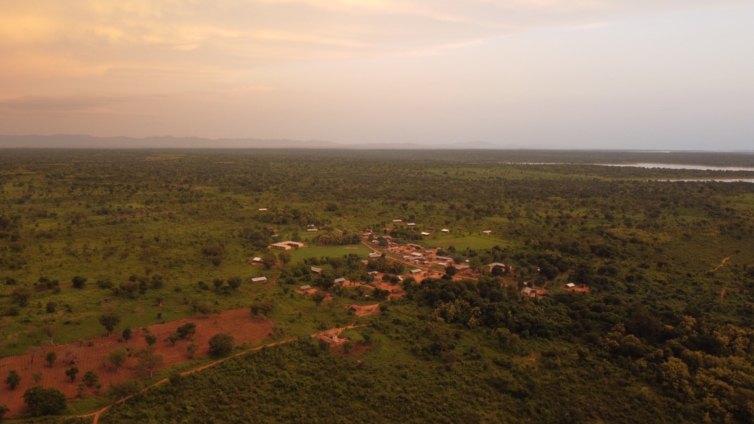4.1 million hectares of primary tropical forest were lost worldwide in 2022, an area the size of Switzerland, which is comparable to the loss of 11 football fields per minute.
This is according to the World Resources Institute (WRI), in its recent research released on June 27, 2023. It said that, the Congo, the world's second-largest rainforest after the Amazon, is continuing to vanish, with half a million hectares (mha) lost in 2022.
The rainforest is found in six African countries: Cameroon, Central African Republic, Republic of Congo, Democratic Republic of Congo (DRC), Equatorial Guinea, and Gabon. The DRC contains 60% of the world's forest.
The report released by the World Resources Institute (WRI) and the University of Maryland on Global Forest Watch (GFW), an open-source web application that monitors global forests in near real-time said, the DRC lost over 500,000 hectares in 2022 adding that, the rate of primary forest loss in the DRC is continuously high.
Brazil accounted for 43% of total tropical primary forest loss, with 1.8 million hectares lost, followed by the Democratic Republic of the Congo (12.1%) and Bolivia.
According to the GFW, natural forest degradation produced 2.7 billion tonnes of CO2 — out of the 43 billion tonnes emitted globally each year.
Primary forests are forests of natural tree species with no plainly obvious signs of human activity. These provide a variety of ecological services but are under constant attack.
According to the report, the majority of primary forest loss occurs due to small clearings near cyclical agricultural areas. Cyclical agricultural areas are defined as land that has been cleared for short-term crop cultivation and then left fallow to allow forests and soil nutrients to rebuild.
The Democratic Republic of the Congo has one of the world's highest population growth rates — 3.19 percent — and the consequent rise in food demand has resulted in shorter fallow seasons and the development of agriculture into primary forest.
Latest Stories
-
Reason for training professional counsellors is to heal a hurting world – CCP president
50 mins -
Woman allegedly brings dead man to bank to take out a loan
58 mins -
It’s a good feeling to score against PSG because I’m a Marseille boy – Andre Ayew
1 hour -
Joe Lartey Sr: A voice that brought life to Ghana sports and beyond
2 hours -
Bawumia promises to tackle issue most dear to Ghanaians as he begins nationwide campaign
3 hours -
Indian couple donate $24m fortune to charity to adopt monkhood
3 hours -
Australians call for tougher laws on violence against women after killings
4 hours -
African Development Council establishes mission in Benin for Francophone countries
4 hours -
Okyeame Kwame reveals his secret to longevity in music industry
4 hours -
Youthful-looking 60-year-old woman qualifies for Miss Argentina contest
4 hours -
Ejisu By-Election: Campaign heats up as NPP holds final rally ahead of Polls on Tuesday
4 hours -
Rwanda plan: Irish government wants to send asylum seekers back to UK
5 hours -
Ice cubes now cost more than bread and milk in parts of Mali
6 hours -
Titanic gold pocket watch sells for £900,000
7 hours -
Elon Musk in China to discuss enabling full self driving – reports
7 hours

